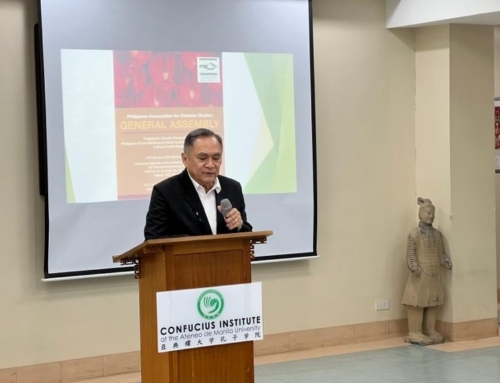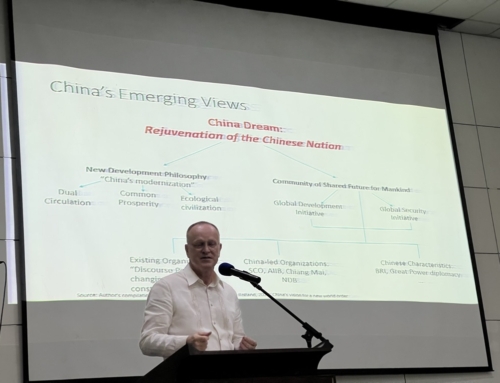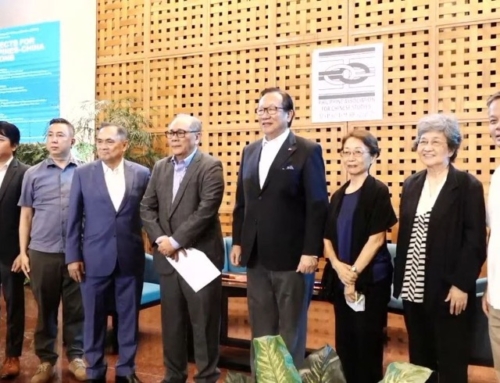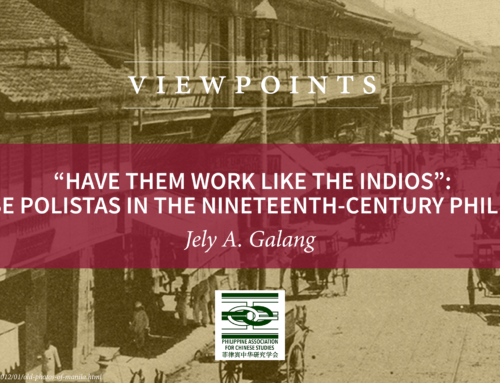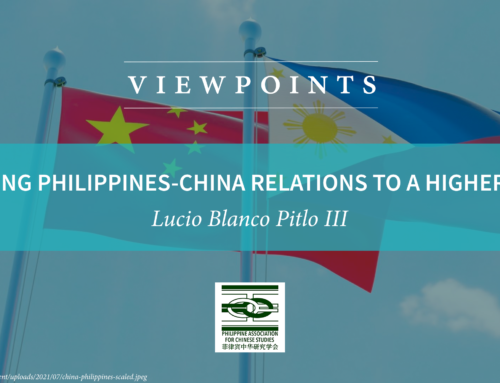Webinar: Perspectives on China-South Asian Relations
China and South Asia, specifically India, have had limited interactions in the past. The Sinic state focused on its interactions with states in East Asia while the Indic state concentrated on Southern
Mr. Don McLain Gill opened up about the strategic significance of South Asia’s geographical location for trade, commerce, and power projection during his discussion. China’s rise and entry into South Asia have changed the geopolitical dynamics of the region, causing a shift in the global distribution of power. This shift in the international balance of power has created uncertainty and a variety of reactions from regional states. Recognizing the nature of the international system as being anarchic, Mr. Gill emphasized that “systemic factors are not the only determinants of state behavior, especially among great powers or potential great powers.” He further highlighted that understanding how states operate requires a balance of power and state perception.
Subscribe
Login
0 Comments
Oldest
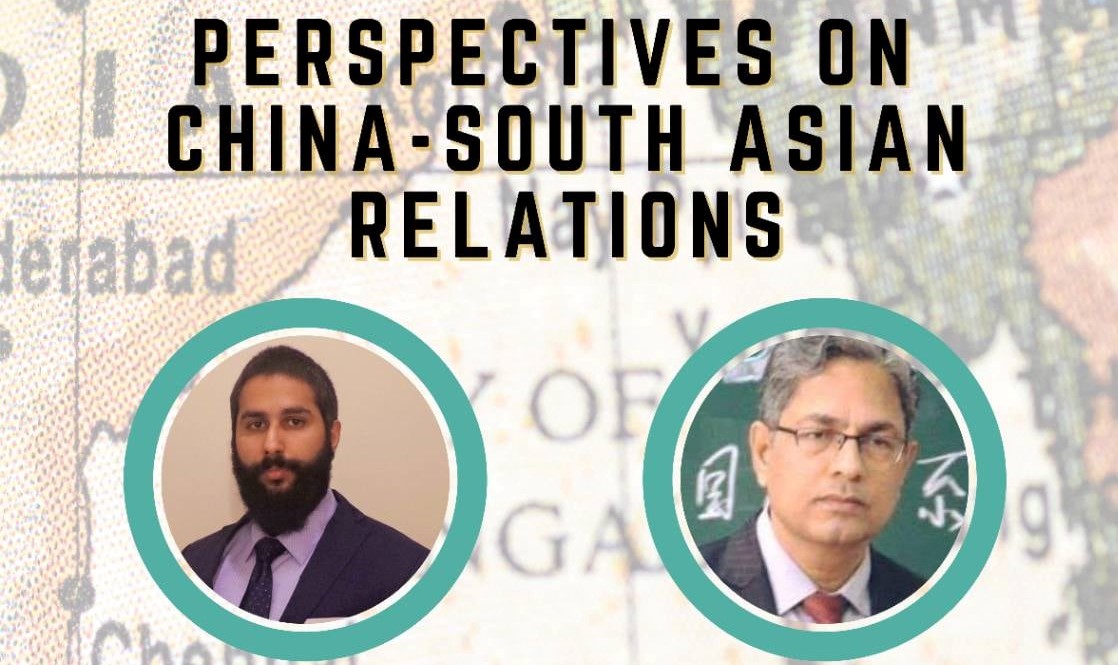
 Asia. These extremely restricted interactions were created for the trade of precious commodities. Over the years, this limited exchange of communication between China and South Asian countries broadened and produced fruitful relations that are still relevant today.
Asia. These extremely restricted interactions were created for the trade of precious commodities. Over the years, this limited exchange of communication between China and South Asian countries broadened and produced fruitful relations that are still relevant today. 
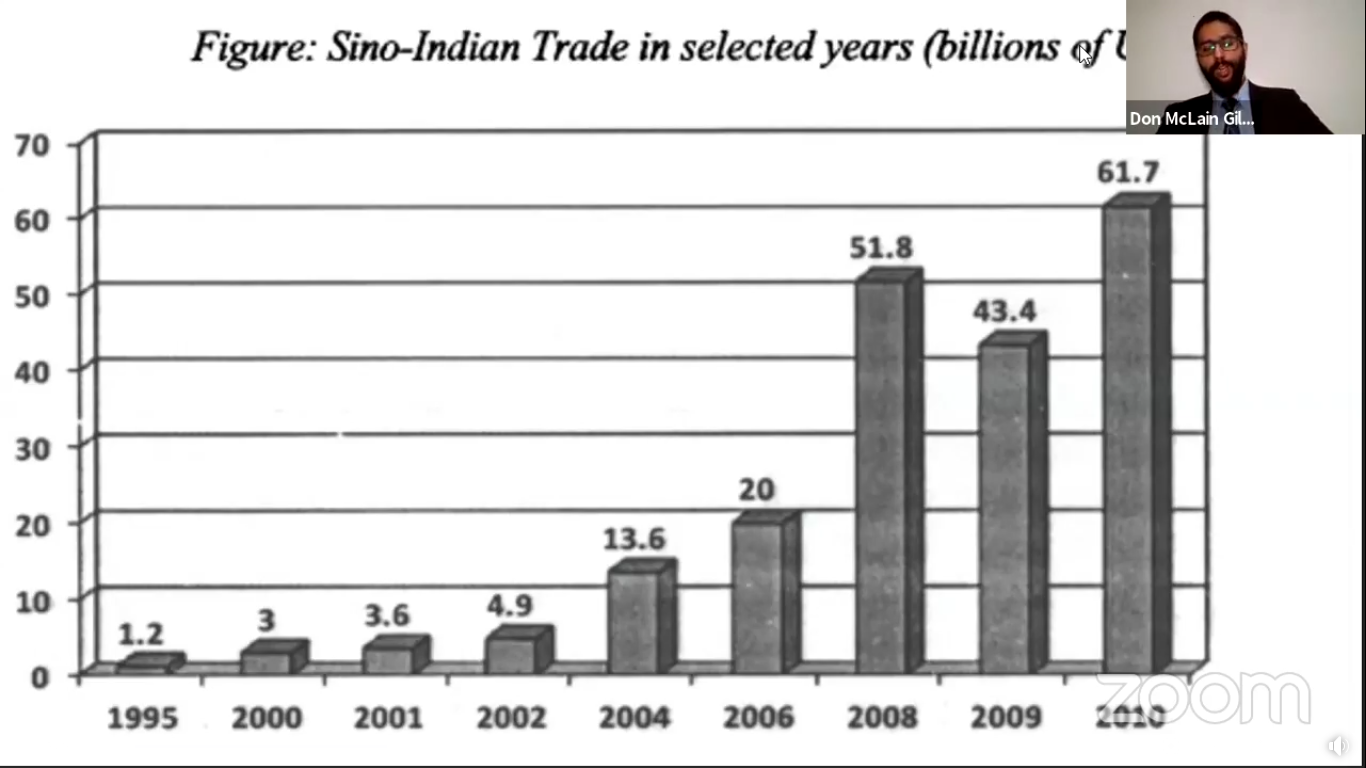 The remedies to these uncertainties were in the form of state visits and diplomatic agreements, such as the 1993 Agreement on the Maintenance of Peace and Tranquility and the 1996 Agreement on Confidence-Building Measures. However, territorial conflict persisted. Moreover, anxieties were not quickly dispelled as a result of increased Chinese military movement along the border and continuous nuclear weapon development by both states. The confluence of these factors has played a significant role in the region’s complicated dynamics and the fragile relationship between the two powers.
The remedies to these uncertainties were in the form of state visits and diplomatic agreements, such as the 1993 Agreement on the Maintenance of Peace and Tranquility and the 1996 Agreement on Confidence-Building Measures. However, territorial conflict persisted. Moreover, anxieties were not quickly dispelled as a result of increased Chinese military movement along the border and continuous nuclear weapon development by both states. The confluence of these factors has played a significant role in the region’s complicated dynamics and the fragile relationship between the two powers.